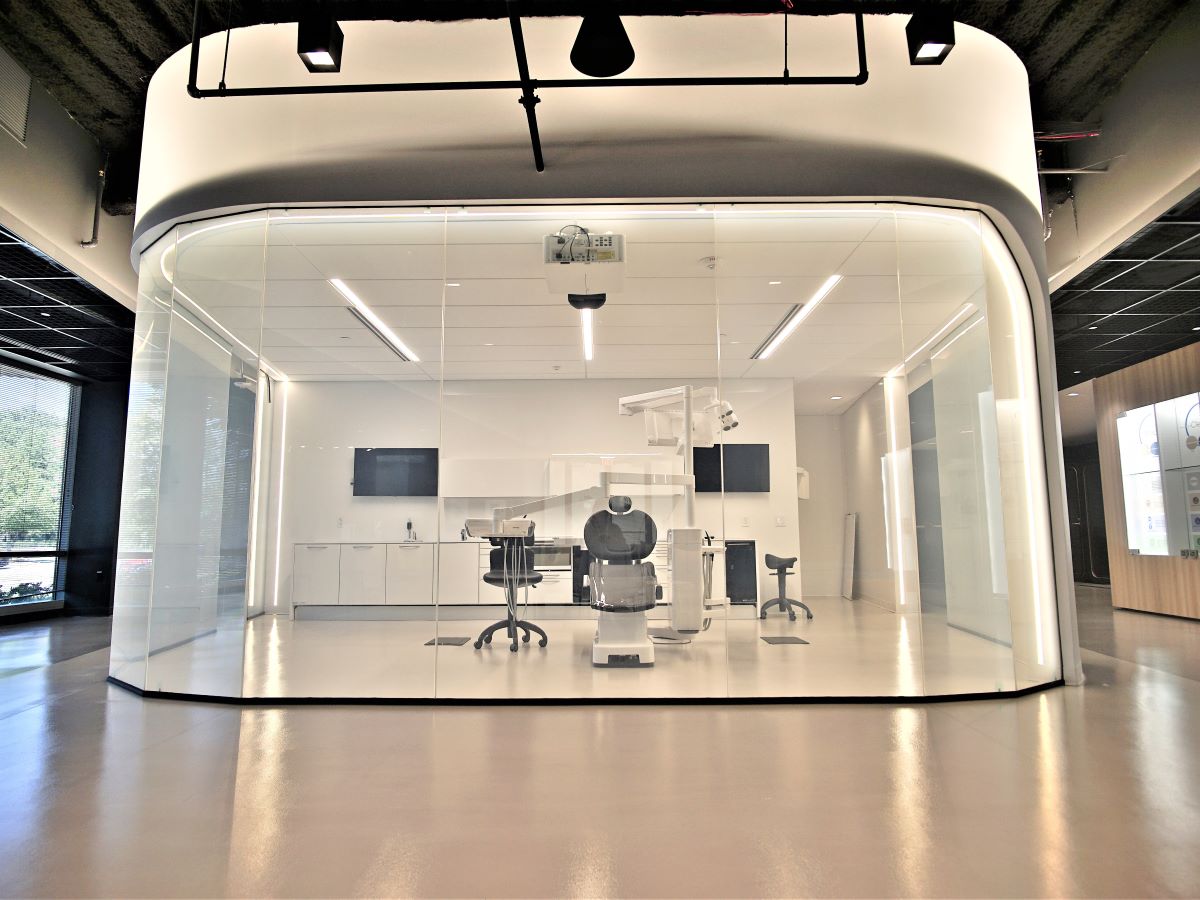A dental crown is a versatile and robust solution that can save a severely damaged tooth, restoring both its function and appearance. Often referred to as a "cap," a dental crown is a custom-made shell that completely covers the entire visible portion of your tooth or the area of a missing tooth.
At Lynnwood Dental Studio, we are committed to sharing up-to-date information to help patients looking to get a dental crown in Lynnwood. Understanding the signs can be the key to early detection and treatment.
This article explores the major signs that your tooth may need a dental crown and explains why early intervention is crucial.
Why Do Teeth Need a Crown?
While your teeth are resilient enough to handle everyday wear and tear, infection, decay, or trauma can sometimes damage the structural integrity of a tooth, making it vulnerable to breaking or complete collapse.
A crown acts as a protective cap to restore strength and normal functionality. It also ensures that bites are distributed evenly, holding the remaining teeth together and preventing further damage due to the pressure generated during chewing.
Here are the critical signs that indicate a dental crown might be necessary:
1. Significant Pain, Especially When Chewing or Biting
While tooth sensitivity is common, a sharp pain when you bite down or release your bite can be a sign of damage.
The Symptom: You feel sudden pain when applying pressure to a specific tooth, or when you release the pressure. This pain may be irregular, and the exact location may be difficult to identify.
The Implication: This is usually a sign of a cracked tooth syndrome (CTS). The crack is often too small to see on an X-ray at first, but it becomes wider under pressure, irritating the pulp. A dental crown helps put the tooth together, preventing the crack from expanding further and providing sufficient cover for the inner pulp. Without a crown, the crack can eventually cause tooth loss.
2. A Large or Failing Filling
Fillings are used for repairing cavities, but they deteriorate over time or may come loose.
The Symptom: The filling in your teeth starts coming loose, looks darker, or has a visible gap around its edges.
The Implication: A large filling can compromise the surrounding tooth structure, making the walls thin and weak. The pressure from biting can cause these weak walls to shake and eventually break off. If the filling covers more than two-thirds of a tooth, it can fracture the remaining walls. Placing a crown can cover the entire tooth and reduce the risk of structural collapse due to a large filling.
3. Recent Root Canal Therapy
If you have recently undergone root canal treatment, your dentist will almost always advise you to use a crown.
The Symptom: You have just undergone root canal treatment to remove infected or inflamed nerve tissue from your tooth.
The Implication: A tooth that has undergone a root canal is no longer as strong as a natural tooth. It is often softer and more susceptible to fracture. Furthermore, the root canal procedure involves creating a small access hole through the chewing surface. Placing a crown protects the tooth from future infection and makes it strong enough to handle chewing, improving the tooth’s long-term survival rate.
4. Significant Wear Due to Bruxism (Teeth Grinding)
Chronic teeth grinding (bruxism), especially at night, wears down the chewing surfaces of your teeth gradually.
The Symptom: Your teeth have become flat, shortened, or have visible damage on the chewing surface. You may also experience sensitivity to hot and cold foods.
The Implication: Constant grinding reduces the tooth's height and can expose the underlying dentin or make the tooth structurally deficient. A crown not only restores the original height and shape of the tooth but also protects it from further decay and restores proper bite alignment. This, coupled with a custom nightguard, can reverse the damage caused by bruxism and prevent further harm.
5. Advanced Decay That Is Too Extensive for a Filling
When decay is too severe to be repaired with a simple filling, a crown is usually the best option to save the tooth.
The Symptom: Your dentist identifies a severe cavity or infection, possibly extending deep beneath the gum line or affecting the walls and surfaces of the tooth.
The Implication: As the dentist removes the decayed tissue, the tooth is left without enough structural support for a filling. Filling is usually an inefficient solution as it lacks the support needed to withstand biting forces and can even lead to a fracture. A crown is often the most viable option here. It seals off the remaining tooth structure and restores the normal function and shape.
6. Cosmetic Restoration of Severely Discolored or Deformed Teeth
Crowns are also widely used in cosmetic dentistry to replace a tooth that is severely compromised aesthetically.
The Symptom: One or more front teeth are fractured, discolored, or distorted beyond repair, affecting your smile and normal function.
The Implication: For cosmetic issues that cannot be solved with simple veneers or bonding, a crown provides the most comprehensive and painless solution. It fully covers the damaged/misshapen tooth, matching the size, shape, and color of your natural teeth and restoring your uniform, gorgeous, and lasting smile.
The Lynnwood Dental Studio Difference
Recognizing these signs is the first crucial step. The next step is scheduling a consultation with your friendly dentist at Lynnwood Dental Studio to get your perfect, customized dental crown. When you visit us, our team will utilize state-of-the-art techniques, including digital X-rays and comprehensive physical examinations, to accurately examine the health and structural strength of your tooth.
If our assessment concludes that you need a dental crown, we will suggest the best options for your specific needs. The most popular options include high-strength porcelain, porcelain-fused-to-metal, and gold alloys. The key to selecting the right dental crown is to achieve the best balance of aesthetics, durability, and price. Modern dental crowns can be seamlessly customized to match your natural teeth, ensuring a full restoration that is both functional and beautiful.
Conclusion
Already noticing the signs? Do not wait! Visit your dentist right away. Do not let a simple crack become a fracture or give way to infection. Prompt intervention and getting a dental crown can save the tooth, prevent pain, and avoid the need for a more complex procedure like extraction or tooth implant later, ensuring your strong and healthy smile for a long time.




